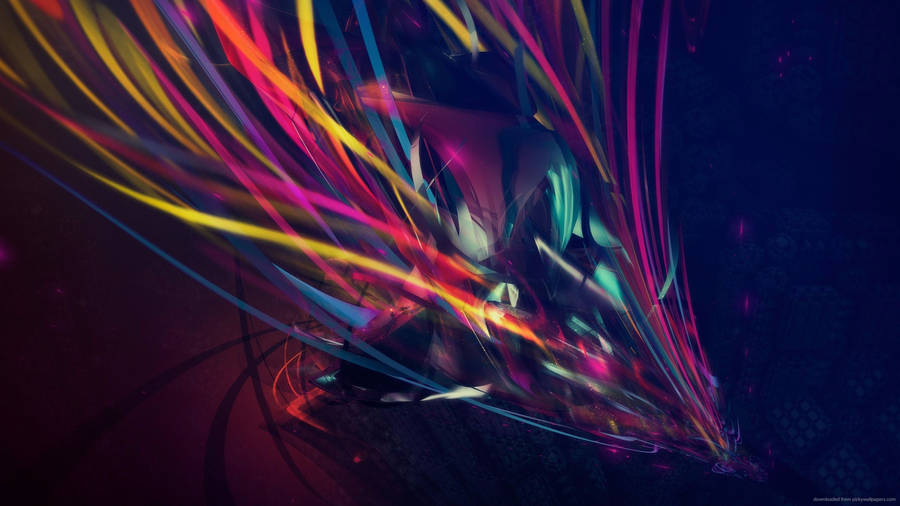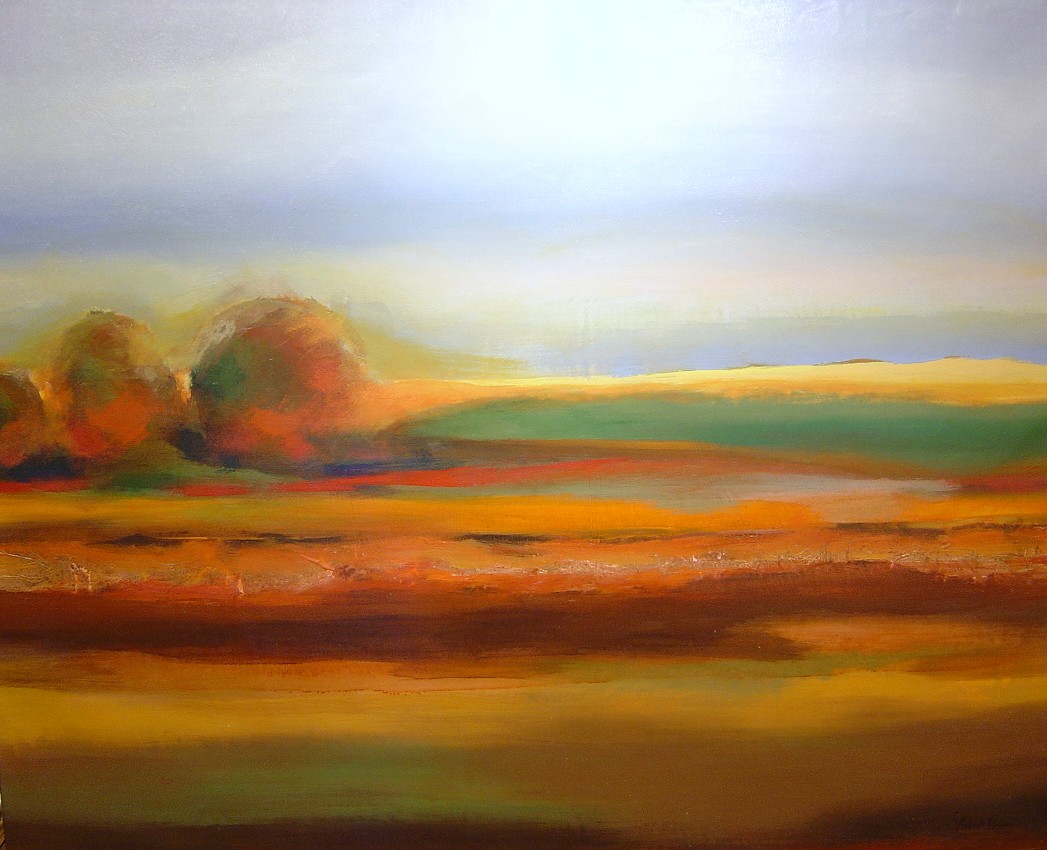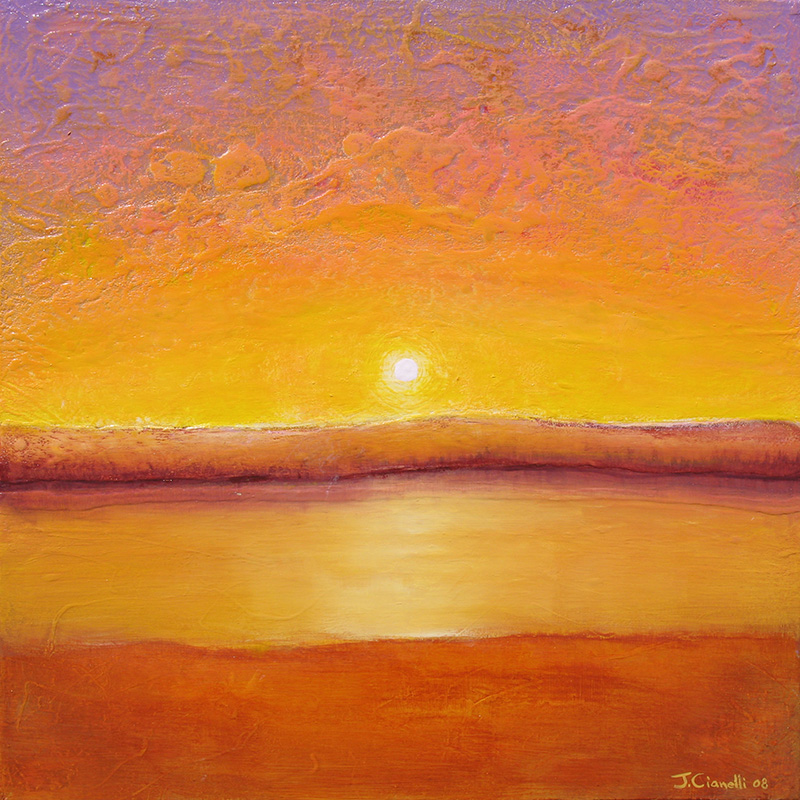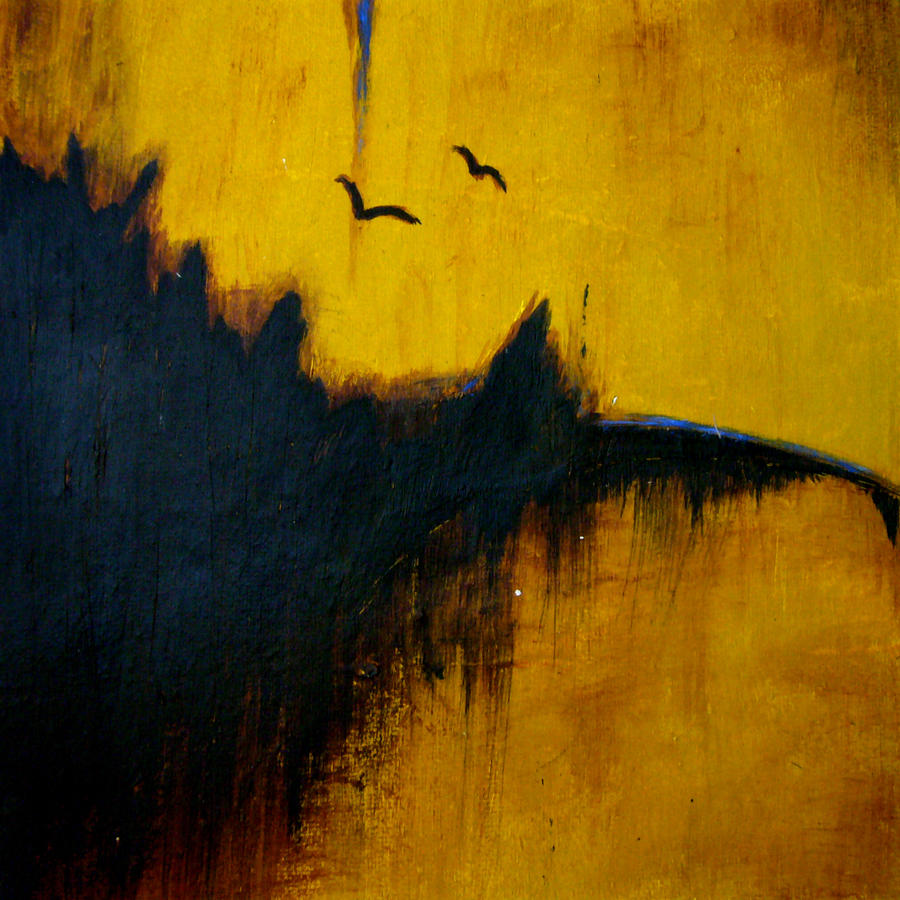Abstract Landscape Art Definition
Source(Google.com.pk)Abstract photography can produce very dramatic images. It relies on our more primal sense of form, color, and curves than it does on detail. The problem is that most photographers tend to think in terms of detail when evaluating photographic opportunities. However, it takes a different way of looking at our world to perceive the abstract photography opportunities that surround us.
The purpose of this article is to investigate the techniques and subject matter opportunities of abstract photography. This is an in-depth, multi article series that will cover the following topics:
There is no standard, universally accepted definition of abstract photography. Actually, it is not easy to create a clear-cut definition of an abstract concept. However, for the purposes of this article series, it is necessary to create a definition in order to put some boundaries around the topic. This makes it easier to determine what falls within the domain of the subject matter. Thus, for this article series, abstract photography will be defined as photography that:
Does not represent the subject in a literal way.
Communicates primarily through form, color, and curves rather than image detail.
This definition brings about a very important point. Since image detail takes a back seat to form, color, and curves, the brain's logical processes are more subdued when viewing abstract images. Instead, the reaction is much more instinctual. In essence, abstract photography communicates to the viewer primarily through the viewer's emotions. This plays to the photographer's benefit because humans' emotional systems are much more powerful than the logical systems.
Furthermore, the emphasis on form, color, and curves tends to elicit strong reactions from the human perceptual system. This is not just a psychological matter. It is actually hard wired into the human neurological and mental systems. For instance, the human visual system responds very strongly to certain colors and color contrast. In addition, certain parts of the brain are programmed to respond to curves and shapes.
This fits in perfectly with abstract photography. When done well, abstract photography can be very much in tune with the human perceptual, mental, and emotional systems. The end result can be very powerful images.
It is important to notice that the definition did not say that the subject matter had to be unrecognizable. It is true that, in some abstract images, the viewer can not tell what has been photographed. However, that is just one type of abstract image.
The question arises, "Why bother creating abstract images?" In other words, there are a lot of other photographic opportunities out there. Why would a photographer choose to create abstract images?
There are a couple of reasons. First, as just mentioned, abstract images can be very powerful. That in itself is all the justification that is needed. However, there is a second advantage. Abstract images can be created almost anywhere. What that means is that a photographer can create abstract images right at home and in the surrounding neighborhood. This is in contrast to other types of photography, such as landscape photography, where there is the cost in time and money to travel to specific locations to capture images.
There are three essentials to abstract photography: form, color, and curves. It is paramount that an abstract photographer learns to think in these terms.
orm: Form refers to the shape of the objects in an image. Form serves as the framework upon which an abstract image is created. Basically, form creates the core of an image while color and curves add enhancements. Therefore, it is crucial that an abstract image start off with good form. This is done by choosing objects that have pleasing, interesting, or dynamic shapes.
Now, it might be tempting to want a definition or list of what makes for good form. However, it must be remembered that abstract photography is an instinctual art form -- people react to it emotionally not logically. Thus, it is essential that form be approached in the same manner. It is necessary to find objects with forms that create an emotional reaction. When one looks at an object and immediately reacts, "Wow, look at that", a strong form has probably been found.
Color: Color grabs the attention of the viewer and stimulates the viewer's perceptual system. Color not only grabs the viewer's attention, it also serves to hold the viewer's attention for an extended period of time. If the viewer's eyes do wander, the color tends to bring the attention back.
Another method of using color that can produce very dynamic images is to use contrasting color. This approach is shown in Figure 4. The composition of this image is extremely simple. The image depends almost entirely on the color and tonal contrast between the sun and the dark clouds for its impact.Curves: Curves add interest to an abstract image. They do this by controlling the movement of the viewer's eyes through an image. Now, there are a couple of ways that curves can be used in an image. The first way that curves can add interest to an image is to direct the viewer's attention to an image's center of interest. This is shown in Figure 5. In this image, the curves (i.e., the edges of the petals) point toward the colored center of the flower (which is the center of interest in this image). These curves serve to direct the viewer's attention to the colored area. This strengthens the center of interest and creates a stronger image.
This use of curves can be seen in Figure 6. In this image, the curves do not point toward any center of interest (in fact, the image has no center of interest). Rather, the lines function to lead the eyes throughout the image with no end point in sight. The viewer's eyes follow the edges of the leaf as well as the veins in the leaf only to find that one curve simply leads to another.
While this second use of curves works very well in abstract images, it should be used very cautiously in images that are not abstract. In non-abstract images, such use of curves is often distracting.
Abstract Landscape Art Pictures Galleries Wallpaper Paintings

Abstract Landscape Art Pictures Galleries Wallpaper Paintings


Abstract Landscape Art Pictures Galleries Wallpaper Paintings


Abstract Landscape Art Pictures Galleries Wallpaper Paintings


Abstract Landscape Art Pictures Galleries Wallpaper Paintings


Abstract Landscape Art Pictures Galleries Wallpaper Paintings


Abstract Landscape Art Pictures Galleries Wallpaper Paintings

Abstract Landscape Art Pictures Galleries Wallpaper Paintings

Abstract Landscape Art Pictures Galleries Wallpaper Paintings

Abstract Landscape Art Pictures Galleries Wallpaper Paintings

No comments:
Post a Comment